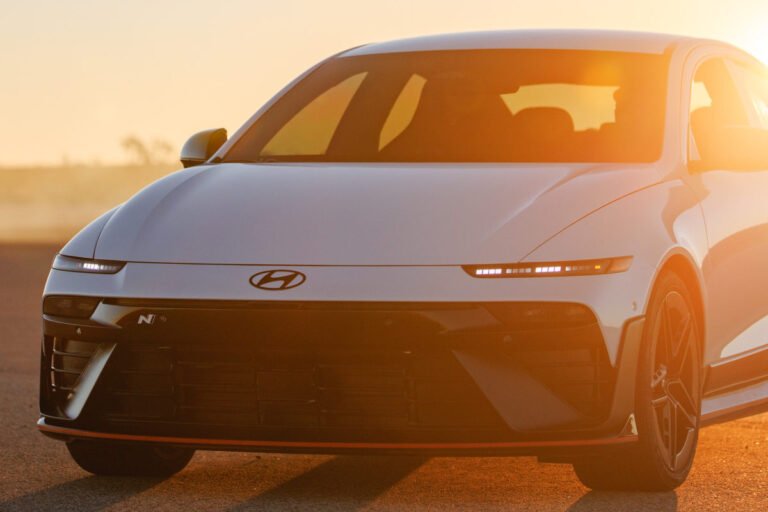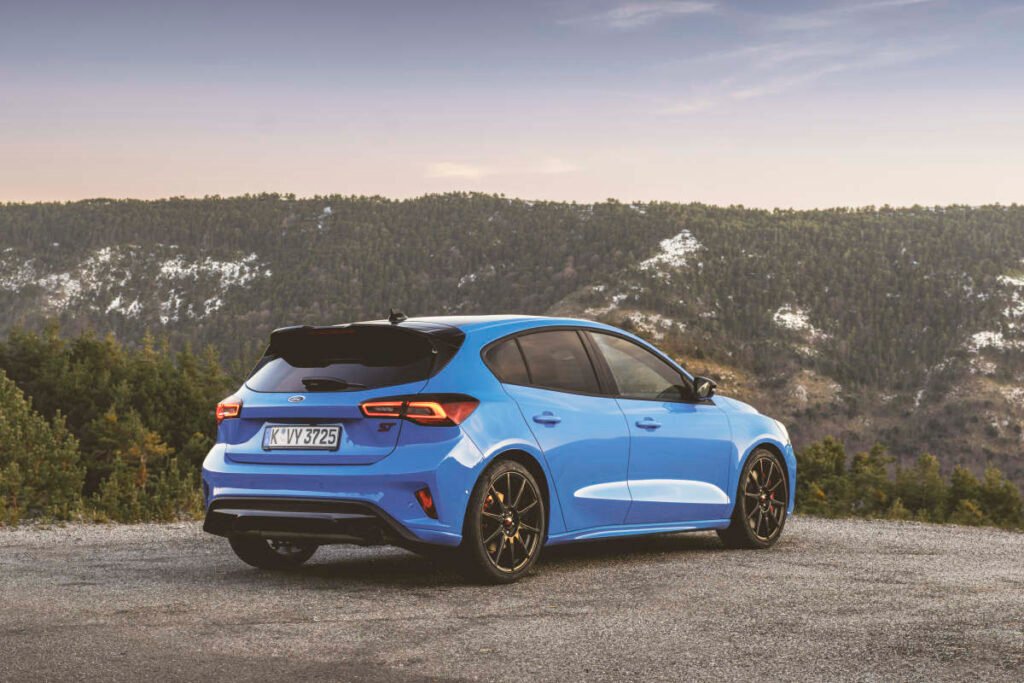
So Long, Ford Focus
Back in 2022, Ford announced that it would be discontinuing all of its non-crossover/SUV/pickup models little by little, save for the Mustang. It started with the Fusion and Mondeo, followed by the Fiesta. Now, the time has come for the Focus.
While we all knew that the Focus would be gone by this year, November 17, 2025, marks the day the last one rolled off the assembly line in Saarlouis, Germany. With that, the Mustang is the only product that Ford makes that isn’t high off the ground.
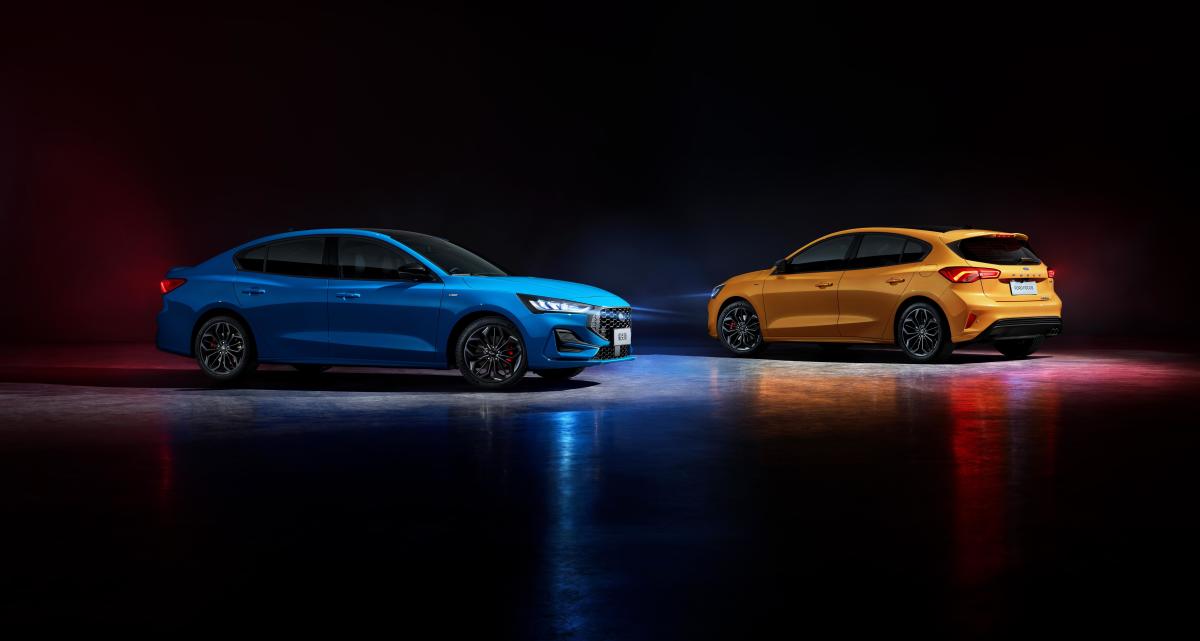
One of Ford’s Few Truly Successful World Cars
Before the Focus, Ford had struggled with making a car that would be successful across the globe. They tried it with the first-generation Fiesta, the Escort, and the Mondeo/Contour. While those cars were successful in the Old Continent, the same couldn’t be said for the rest of the world.
When the first-generation Focus came about in 1998 (1999 in the US for 2000), it achieved what seemed impossible for the Blue Oval at the time. It sold in huge numbers, even across the Atlantic and, to some extent, the Pacific. Ford had finally done it.

Split in Two
By the time the second-generation Focus was introduced in Europe in late 2003, a different strategy was applied for Ford’s compact. The rest of the world would get an all-new model that shared the same platform as the first-generation Mazda 3 and second-generation Volvo S40/V50. As for the US and Canadian markets, they got stuck with a rebodied first-generation.

The MK. 2 Focus (as the Brits would call it) was a dynamic masterclass with a great balance between ride and handling. The cabin felt richer and more premium, and the diesels that were available at the time were wonderfully efficient. This writer frequently drove MK. 2 Focuses back in the day, and it really was a great compact, perhaps only second to the MK. 5 Golf of the same vintage.
As for the US and Canadian versions, the Focus languished as all of its competitors got a clean-sheet design. The American Focus soldiered on with a chassis from 1998 until it was finally replaced by the global model in 2011.
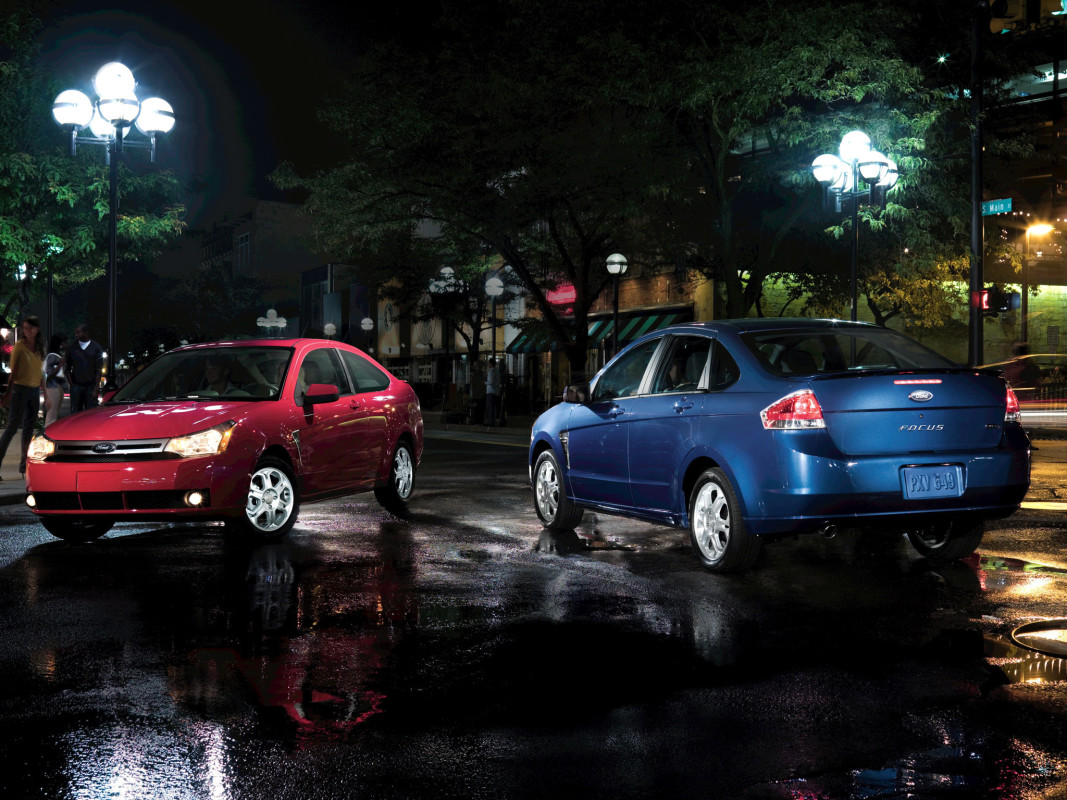
Reunification and the Dreaded Powershift
At last, order was restored with the third-generation Focus. It looked completely different from the model it succeeded, and featured tech that would later be known as advanced driver assist systems. Like the previous generations, it drove well, adding a bit of Euro flair for the daily drive. Unfortunately, trouble lay ahead.
Soon, Ford was met with a barrage of complaints over the Powershift dual-clutch transmission. The car faced class-action lawsuits worldwide due to its jerky operation, defects, and subsequent breakdowns. Following that fiasco, some markets reverted to a six-speed automatic, but the damage had been done.
At least there was the RS to (somewhat) make up for it.

The Final Generation
Introduced in 2018 for the 2019 model year, the fourth-generation Focus would be the last. One could say that the car needed to do a lot of damage control from the previous model, and, in some ways, it succeeded. Unfortunately, this model would not be sold in America, and the Focus would not be able to redeem itself on US soil.
It was a different story in Europe, though. It was a steady seller, but the Golf remained the undisputed king of compacts over there. Sales also took a hit as crossovers grew in popularity. Not even the wagon version could save it in Europe, as more people simply defaulted to hatchbacks on tall tires. Ford cited this as a reason for its 2022 announcement.
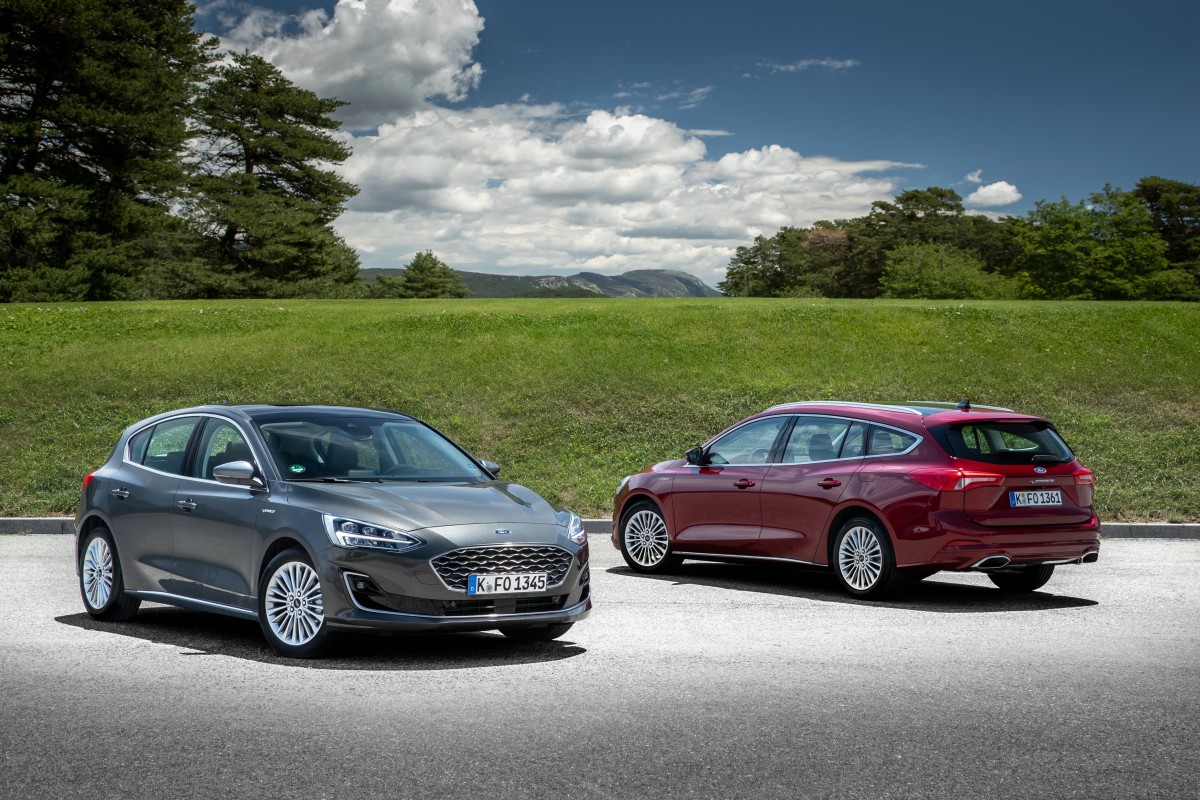
What’s Next?
The Focus, as we know it, is gone, but Ford might build a successor down the line. It was previously reported that the company is looking to fill the Focus-sized gap before the end of the decade, and it will likely be a crossover that slots just below the Escape/Kuga. It might be offered with ICE or hybrid powertrains in a bid to boost sales in Europe.
That said, we’re not too sure if European customers will be too keen on the Focus being revived as a compact crossover. Then again, it probably won’t face the same backlash as Capri.
America missed out on the Volvo-powered five-cylinder turbo versions. The second Focus ST made about 225 hp, while the RS cranked it up to 300 hp without all-wheel drive. If that wasn’t enough, the limited-run RS500 bumped it up even more to 345 hp, all of which was sent to the front wheels.
The third-generation Focus had its flaws, but there was a bright spot in the form of the RS that was finally available in the US and Canada. This time around, it had all-wheel drive that also threw in a Drift Mode for good measure. With more power and grip, it was a proper WRX STI and Golf R rival. An ST was also made, of course, but it was a tad tamer than the RS. Speaking of, there would be no RS for the final generation, and the ST would become the range-topping Focus.

